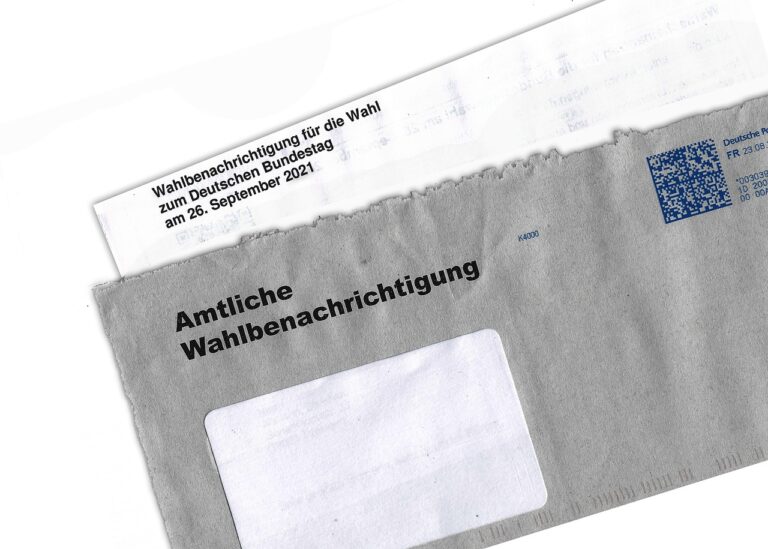The Influence of Social Media Integration on Election Strategies
all panel 777.com login, laserbook247, 99exch:The Influence of Social Media Integration on Election Strategies
In today’s digital age, the use of social media has become a crucial component in political campaigns. With the rise of platforms like Facebook, Twitter, Instagram, and YouTube, political candidates have a new way to reach voters and shape public opinion. The integration of social media into election strategies has fundamentally changed the way politicians communicate with the electorate, mobilize support, and even fundraise for their campaigns.
The Influence of Social Media Integration
With millions of people active on social media platforms every day, politicians have a vast audience to engage with and influence. By creating compelling content, sharing updates on their campaigns, discussing policy positions, and interacting with voters directly, candidates can build a loyal following and rally support for their candidacy.
One of the most significant benefits of social media integration in election strategies is the ability to target specific demographics and reach voters where they spend a significant amount of their time. By utilizing data analytics and targeted advertising, politicians can tailor their messages to resonate with particular groups of voters, making their campaigns more effective and efficient.
Furthermore, social media allows for real-time communication and feedback, enabling candidates to adjust their strategies quickly in response to changing circumstances or public opinion. Whether addressing a crisis, promoting a new policy initiative, or responding to criticism, politicians can leverage social media to control their narrative and shape the public perception of their campaigns.
The Role of Social Media Platforms
Each social media platform offers unique opportunities for politicians to connect with voters and promote their campaigns. Facebook, with its massive user base and sophisticated targeting capabilities, is a popular choice for political advertising and outreach. Twitter, with its real-time nature and viral potential, is ideal for engaging with supporters, amplifying key messages, and addressing controversies.
Instagram, known for its visual storytelling and younger demographic, is an excellent platform for showcasing the personality of candidates, highlighting behind-the-scenes moments, and humanizing their campaigns. YouTube, with its video content and extensive reach, is essential for sharing campaign ads, speeches, and policy discussions in a dynamic and engaging format.
By strategically utilizing these diverse platforms, politicians can create a comprehensive social media strategy that reaches a broad audience, engages supporters, and differentiates their campaigns in a crowded digital landscape.
Challenges and Considerations
While social media integration offers numerous benefits for election strategies, it also presents challenges and considerations that politicians must navigate carefully. The spread of misinformation, the polarizing nature of online discourse, and the potential for data privacy breaches all pose risks to candidates using social media as a tool for their campaigns.
Additionally, maintaining a consistent and authentic voice across multiple platforms, managing online interactions with supporters and critics, and staying abreast of ever-changing algorithms and trends require significant time, resources, and expertise.
Furthermore, social media can amplify existing biases, perpetuate echo chambers, and contribute to the erosion of trust in political institutions. Politicians must be mindful of these risks and take proactive steps to address them in their social media strategies.
FAQs
Q: How can politicians measure the effectiveness of their social media integration in election strategies?
A: Politicians can track key performance indicators such as engagement rates, reach, click-through rates, and sentiment analysis to evaluate the impact of their social media efforts on voter behavior and campaign outcomes.
Q: Is social media integration a substitute for traditional campaign tactics?
A: Social media integration should complement, not replace, traditional campaign tactics such as grassroots organizing, media appearances, and direct mail. A multi-channel approach is essential for a successful election strategy.
Q: What are some best practices for politicians using social media in their campaigns?
A: Politicians should be transparent, authentic, and responsive in their interactions on social media. They should regularly update their profiles, engage with followers, and monitor conversations to build trust and credibility with voters.
In conclusion, the integration of social media into election strategies has revolutionized the way politicians engage with voters, shape public opinion, and mobilize support. By harnessing the power of platforms like Facebook, Twitter, Instagram, and YouTube, candidates can reach a vast audience, target specific demographics, and adapt quickly to changing circumstances. However, politicians must be mindful of the challenges and considerations that come with social media integration and take proactive steps to navigate them effectively.







